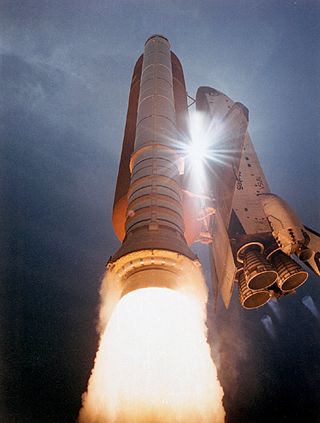NASA Launches Public Outreach Program to Boost Space Tech

WASHINGTON – NASA kicked off the first of a year-long series of meetings in Washington D.C. Jan. 26 to encourage the public to provide innovative technological ideas and insights that could influence the future of space exploration.
Although NASA has held technology roadmap meetings in the past, this is the first time it has reached out to the public community for input.
"We desperately need your help," said Robert Braun, NASA Chief Technologist. "We know we can make a difference through technology to reinvigorate the aerospace industry and get NASA back to its roots as a true innovator. But we can only do that if we have a plan."
The first series of panels will meet through Friday (Jan. 28) to discuss 14 tech-related space topics from robotics, power and navigation to entry, descent and landing, including how to land on other worlds and asteroids. On Friday, committee members will announce the high-level issues that arose within each panel and highlight potential plans for the future.
The meetings were appropriately timed on the heels of President Obama's State of the Union address Tuesday night. Obama noted that the country was experiencing a "Sputnik Moment," a reference to the Soviet Union's 184-pound satellite that was the first to launch into space in the late 1950s and which prompted the United States to begin its own space program.
"This is our generation's Sputnik moment," Obama said in his speech, adding that the country needs to "fund a level of research and development we haven't seen since the height of the space race."
He stressed investments in biomedicine, information technology and solar-power, and likened the funding to "The Apollo Project," which later put the first man on the moon.
Get the Space.com Newsletter
Breaking space news, the latest updates on rocket launches, skywatching events and more!
While critics called the Sputnik comparison ill-timed since the Obama administration recently cut funding for space exploration in 2011, Braun of NASA said he thought that the President's allusion was indeed timely.
"I think the analogy is apt for where we stand right now. Tech leadership is the space race of today. If we want to be a technology leader, we have to make tech advancements,” Braun told SPACE.com.
"The President spoke about how this type of innovation isn't just something we want to do, it's something we have to do. It's tied to economic progression, from getting more students interested in science and mathematics to bringing in new jobs and so much more. That's what we are trying to do today with our roadmap technology discussions: explore the future of space technology."
Moving forward
Although the NASA budget cuts will affect near-term investments, the space agency said it is thinking long term.
"This is about uncovering the material breakthroughs that will enable the next decade or few decades of Earth-science missions," Braun said. "We are going to take risks with our many investments. Stocks don't always pan out, but you invest because you are working on saving for the future."
Although Braun couldn't put an exact dollar sign on how much NASA will spend on technological advancements, he estimated that $2 to $3 billion will make up the higher-end of the scale, and half a billion dollars will likely round out the bottom.
"The investments made through this program will build new products, services and keep the U.S. as a technological leader in the world, which is important to our country and our next generation. Without that research and investment, there is no foundation to build our future missions and discovery," Braun added.
Although NASA has already met with the Pentagon and other government departments to discuss where space tech is headed, Braun told attendees that the space agency doesn't want to be "insular about development and plans."
"We believe that doing this in the public and [in association with the National Academy of Sciences] will make big things happen for the future of space," he added.
Alan Angleman, the Academy’s senior program director, noted during the morning session that the goal of the public program is not to come to a consensus, but to collect a broad range of input.
"The most interesting elements that will come out of this will be the justification and reasoning behind the ideas," Angleman said."The committee wants to get a sense of the general public's opinion and thought process to better understand where we need to go."
NASA Administrator Charles Bolden reinforced the need of tech advancements, and also spoke of President Obama's State of the Union Address, via a blog posting on NASA's site late Tuesday night.
"The 21st Century course that President Obama has set our agency on will foster new industries that create jobs, pioneer technology innovation, and inspire a new generation of explorers through education – all while continuing our fundamental mission of exploring our home planet and the cosmos.
"[His] message of opportunity and inspiration will guide us as we reach even higher."
The technology roadmap panels will continue to meet until Friday and then throughout the year in various cities. It will be open to the public starting Jan. 27. Attendees on Wednesday ranged from academics, space experts and scientists.
Samantha Murphy is a Staff Writer for TechNewsDaily, a sister site of SPACE.com.
Join our Space Forums to keep talking space on the latest missions, night sky and more! And if you have a news tip, correction or comment, let us know at: community@space.com.

